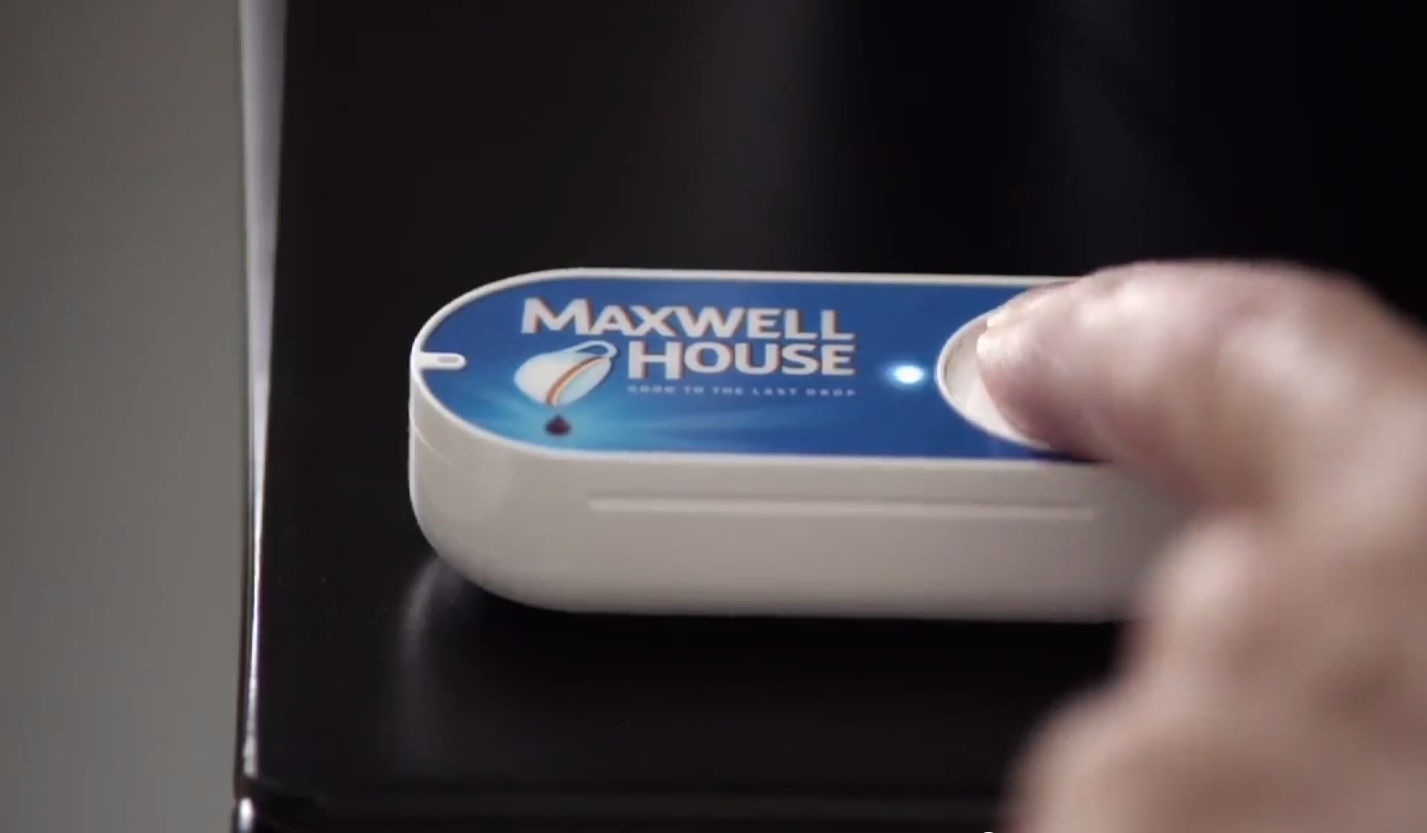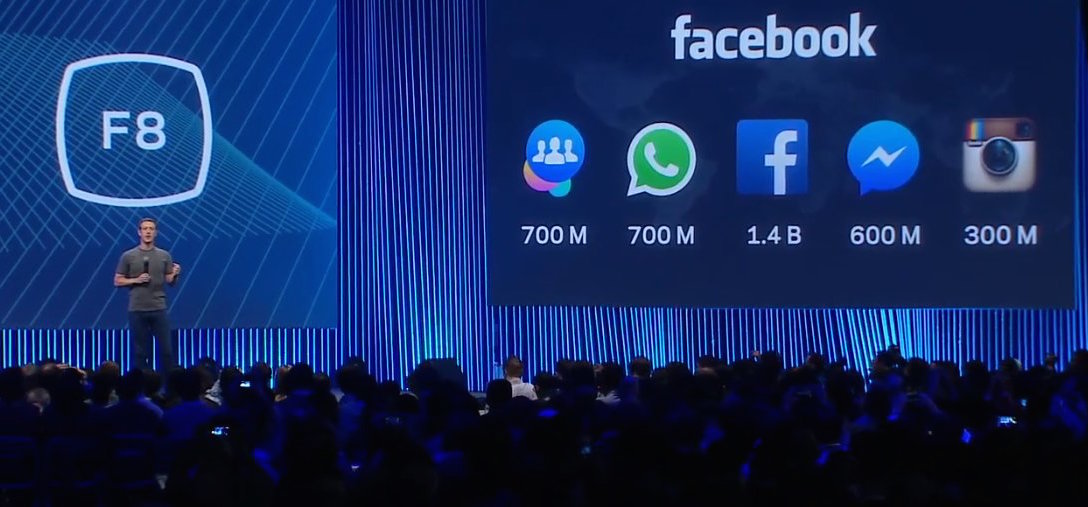Walmart is set to challenge ecommerce overlord Amazon with its own premium shipping service. The No.1 brick-and-mortar retailer will reportedly start testing a yet-to-be-named unlimited free shipping service this summer to expedite the delivery of online orders to customers. Tentatively priced at $50 a year, it will cost half as much as Amazon Prime, which, however, also covers unlimited access to Amazon’s streaming service Prime Video.
In related news, Walmart is aiming to use convenience win over local customers in China by adding support for Alibaba’s Alipay, the most popular e-payment service in China. Customers will be able to check out by having their Alipay Wallet app scanned, and will then be rewarded with cash-back on their purchases. Considering that Walmart is not currently accepting Apple Pay in the US because of its allegiance to MCX’s still-in-beta CurrentC, one has to wonder if this new partnership with Alipay in China serves as a test of in-store mobile payment for the world’s largest brick-and-mortar retailer.
Taken together, these two moves by Walmart suggest a strong intention to bridge the gap between the physical world of retail and digital one. In order to succeed in both worlds, all retail brands will need to step up their ecommerce game while also finding new ways to improve the in-store shopping experience with digital convenience.








